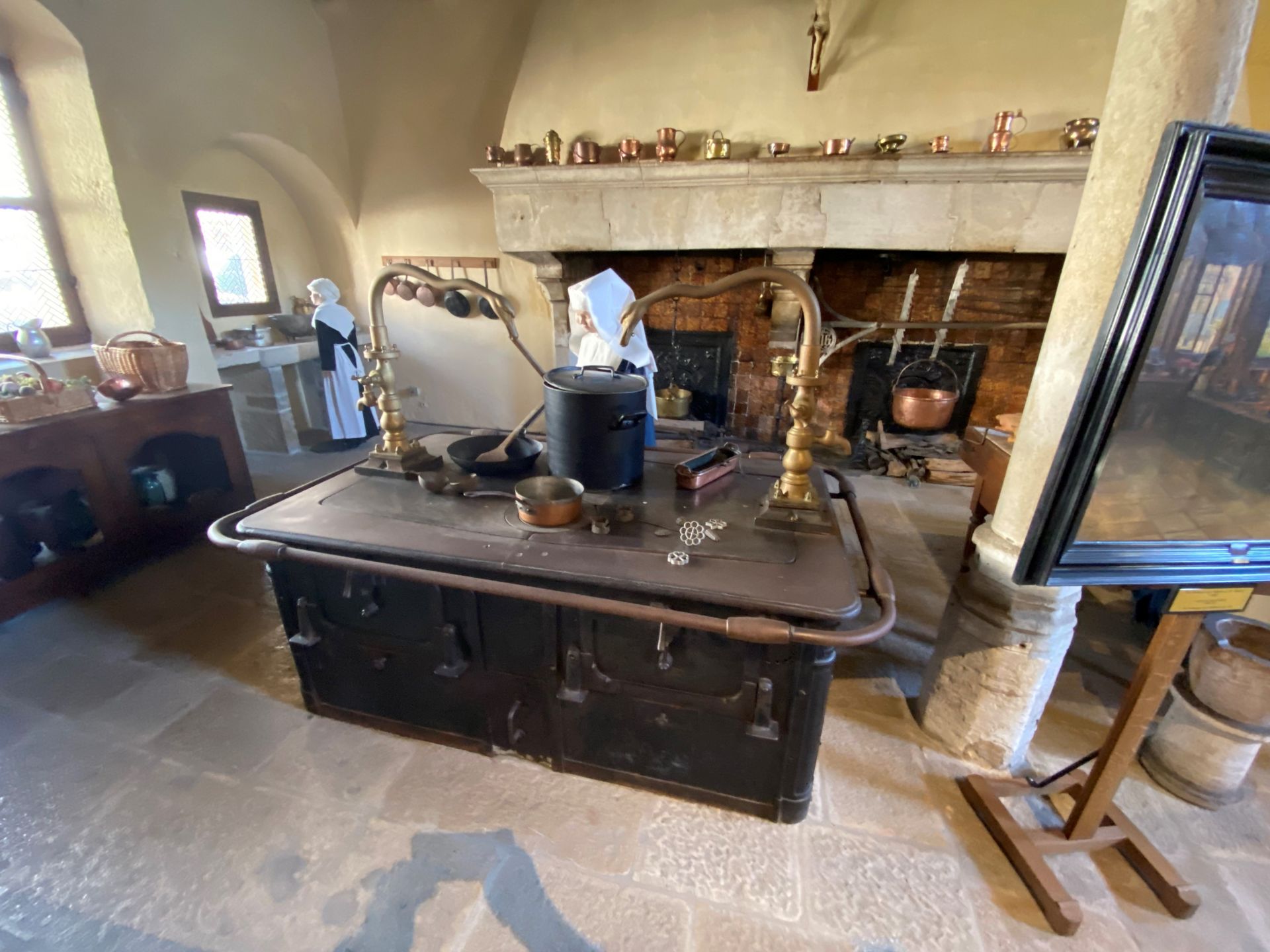Beaune, France. The population in 1793 was about 10,000. Today it is a little over 21,000. Wine vineyards and agriculture surround this town. What can we learn from their history and healthcare?
What do a 15th Century hospital and 21st Century healthcare have in common? How has healthcare evolved services over the last 700 years? I had the opportunity to compare the healthcare experience recently when I toured the Hospices de Beaune in Beaune, France, which operated from 1452 until 1971. Today, it is a historical museum. As you walk in you see the architecture and how it was set up to be a hospital but also for preserving life in a very middle age world following a 100-year war and a plague that swept through the country.
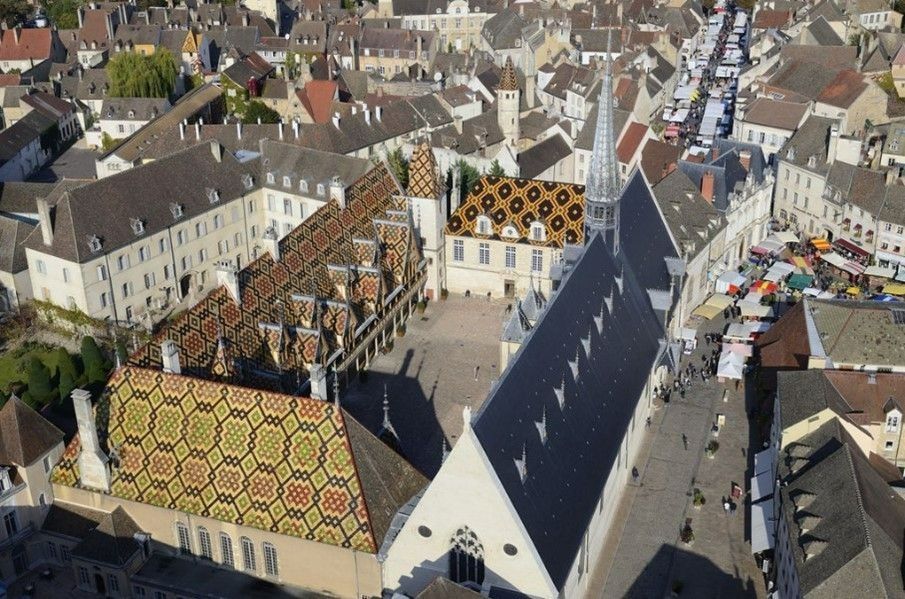
Healthcare was and still is delivered locally.
Of course, particularly interesting to those of us in the hospitality world, the kitchen and where they washed the linen and personal laundry was part of the areas we could see. The hospital at its peak had about 100 patients. The founder, Nicolas Rolin, and his wife, Guigone de Salins, were inspired to create this for the sick and poor people of the French countryside in Burgundy who did not have access to healthcare as they were remote from the big cities like Paris. This is where the parallels begin. Today we have a network of critical access hospitals in the U.S. Our residents could not access good healthcare without these locations and the staff that serve them. Thank your local hospital and be sure to support them!
Our faith-based organizations take on this work for a higher purpose.
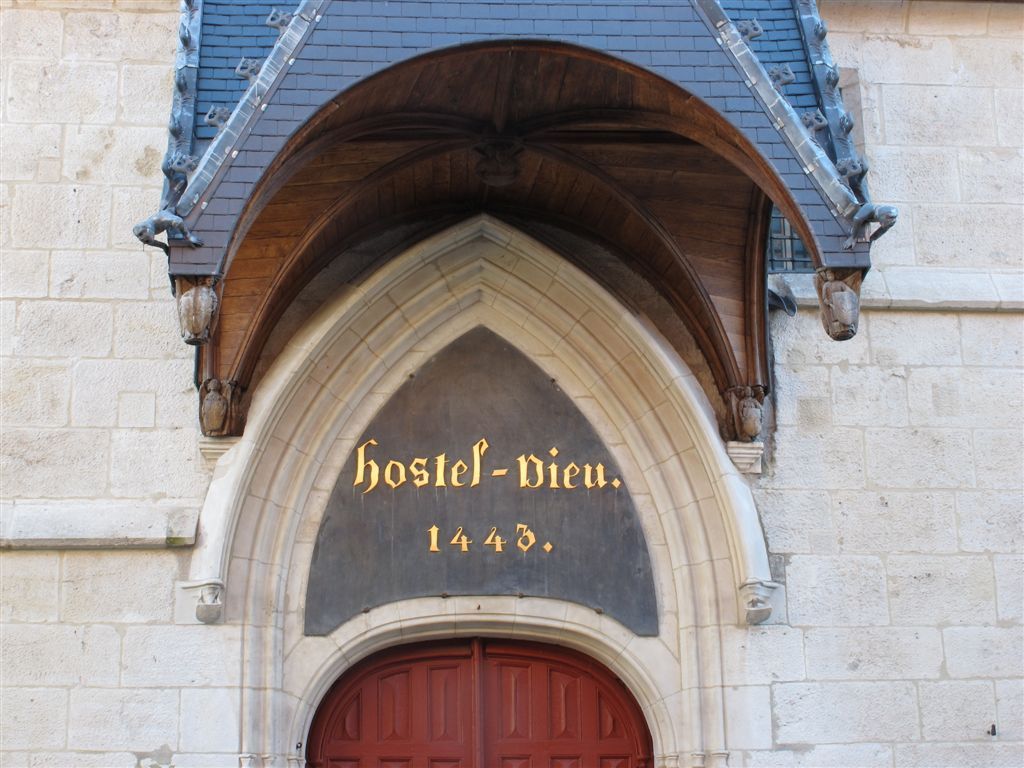
The other parallel that is interesting is that at the time the Catholic Church provided most of the care inside these hospitals. Much like the origins of a lot of our healthcare facilities today. Nicolas started this with one order of nuns but found that they were doing more praying and had less time to take care of the patients and eventually set up his own order called “Les sœurs hospitalières de Beaune" religious order.
There were at its peak about 32 nuns that ran the entire hospital, except for the male doctors that were also employed. These 32 nuns cooked, did the laundry, gave care to the patients, cleaned the hallways, and bathrooms, and found time for prayer and reflection.
Beyond their charitable care, look at this productivity!
Think about today’s operation. Thirty-two nuns for 100 patients that are very sick. How is it possible that our productivity has really reduced that much from 700 years ago? Today those 100 patients would have about 1000 staff. Granted the nuns were likely working far longer than today’s eight or twelve-hour shift, but still, it makes you think about what we have today and what can we learn from our 700-year healthcare history.
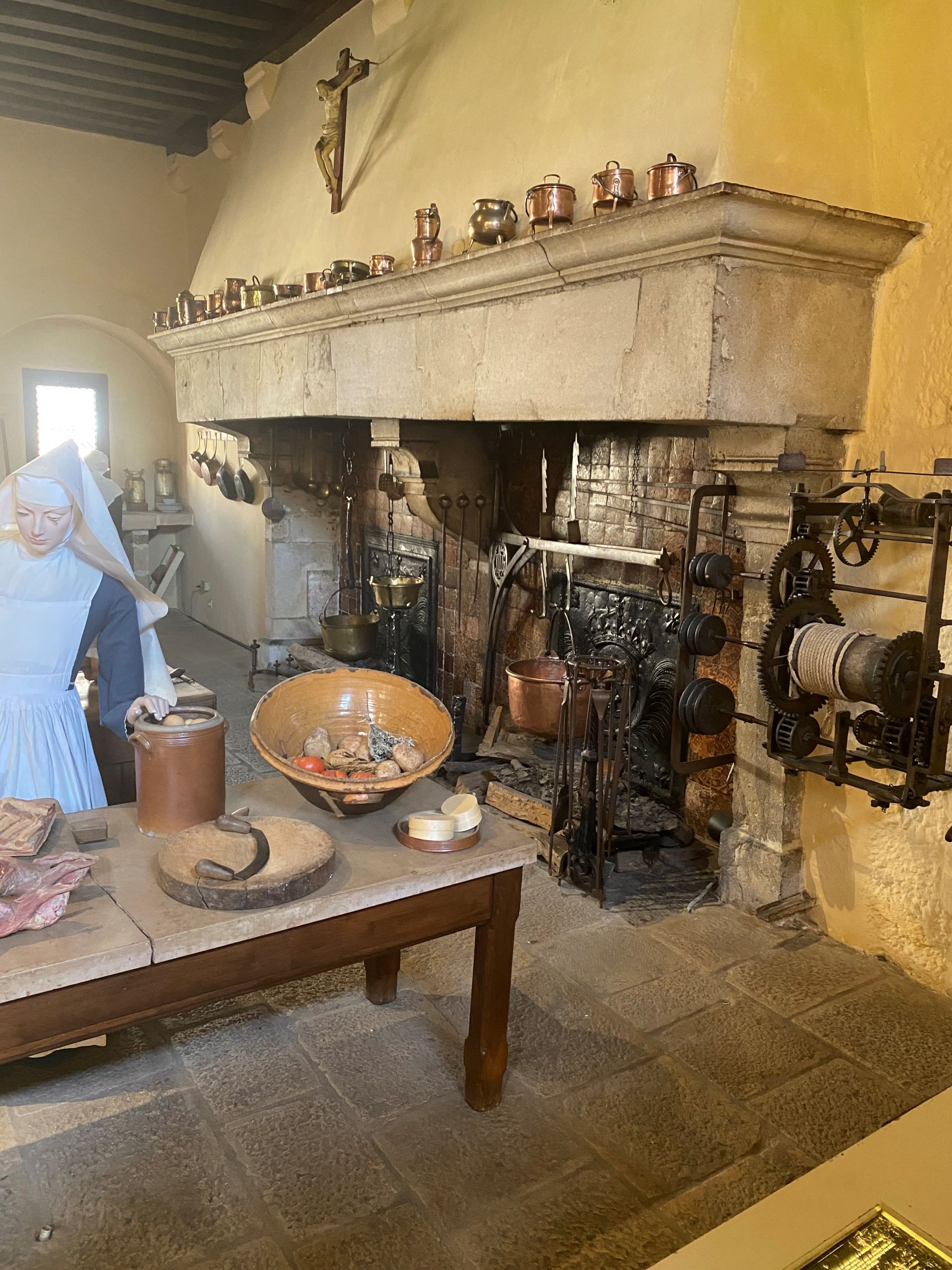
So back in the kitchen, there is a huge gothic chimney in the center of the room and an early edition of a cooking suite equipment concept that produced meals all day for staff, the nuns, and the patients. The storage areas were across the way and the entire space is about 2500 square feet. The foods were likely simple dishes of broth or hearty stews/soups as we saw that the bedside table had a bowl and cup to eat out of. Not like the elaborate tray setups of 2022 with room service style menus and foods galore to choose from. Remember those 32 nuns were cooking and cleaning no time to take special orders and create a meal for each patient. The patients that could get out of their bed would go to a central row of tables in the hall of beds to eat their meal. By the way, each bed held two patients. And the EVS team would appreciate that they only had to clean one bed per two patients!
• How can we simplify our processes?
• How can we look at what a patient really needs to be well enough to go home from our hospitals?
Treatments evolve as does programs, services and facilities.
Of interest was as we toured the pharmacy area, rows of potions, blood of a bat and other medieval treatments were there as well as the surgical devices that were used in 1500's for curing headaches (such as screws to the head vs. an aspirin). The nuns however had a few ‘home’ remedies that they would try and were way ahead of their time with alternative medicines using herbs, and fresh lavender, but could not openly ‘treat’ a patient as this was considered unprofessional or even called witchcraft.
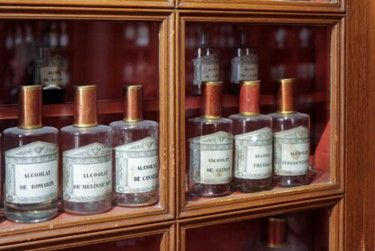
Potions and spirits in the pharmacy at Hospices de Beaune, France.
So, with time comes a lot of change and that is true of our healthcare programs and services. But there are also pieces that with time they do not change. Preserving some of the practices of the past and mixing them with technology and our fast-paced world is a balance that we can still strive for in our operations.
If you get the opportunity to visit this hospital or others in the world...we would love to hear your impressions as well.
If you get the opportunity to visit this hospital or others in the world...we would love to hear your impressions as well.
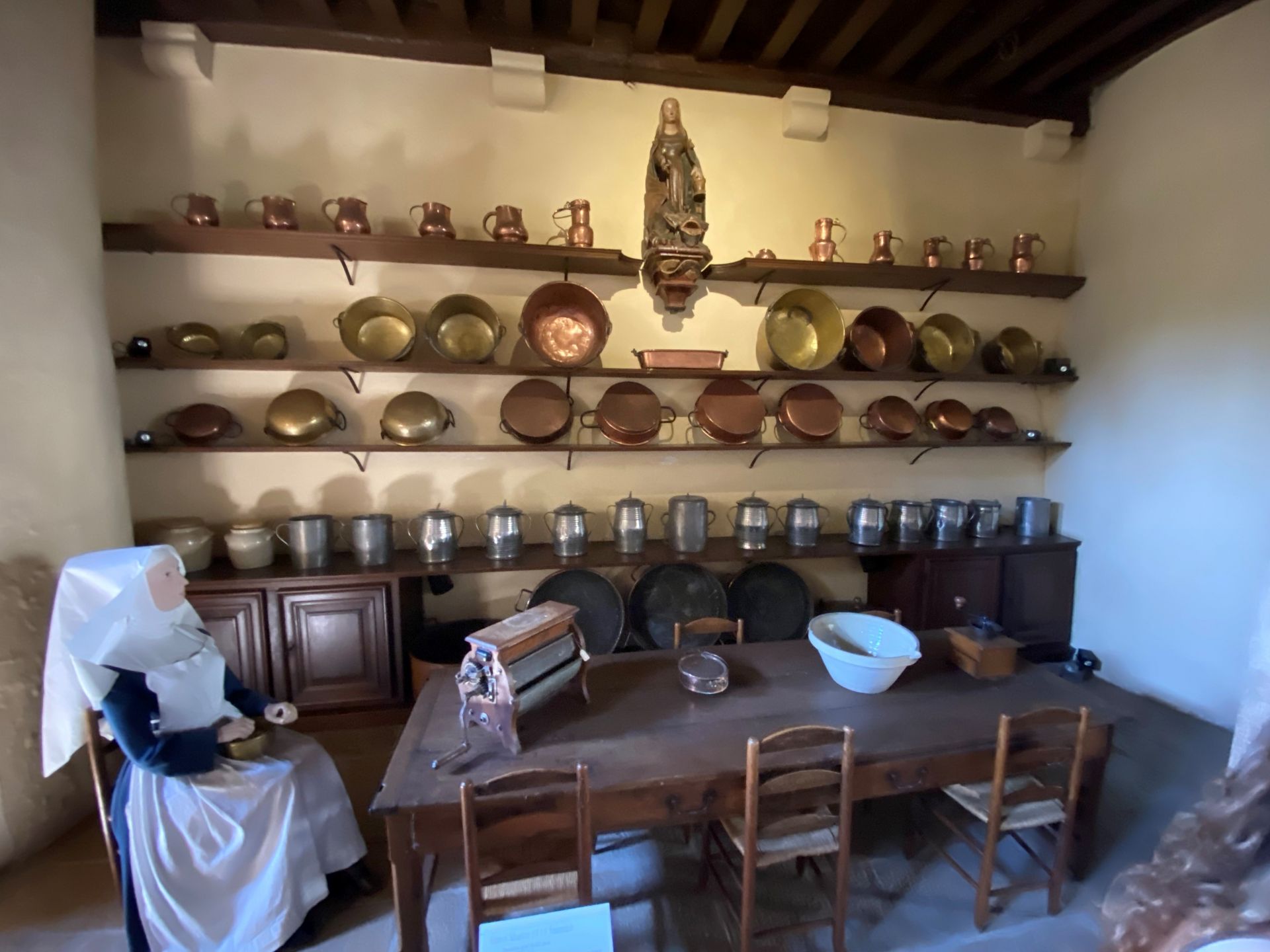
Pots and Pans in the kitchen. No wet nesting here!
- What in your operation is a need vs. a perceived need?
- Can your treatments be reduced to the best practice for that patient’s care plan?
- What services from the food or EVS operations will your patients remember or remark about vs. the work we do that that is not as impactful to their stay?

